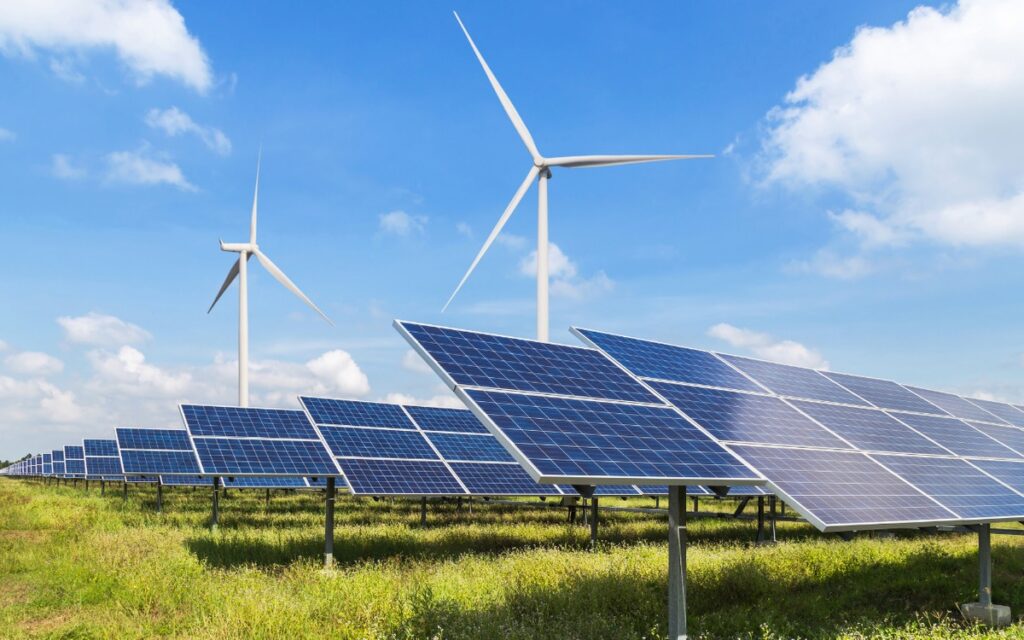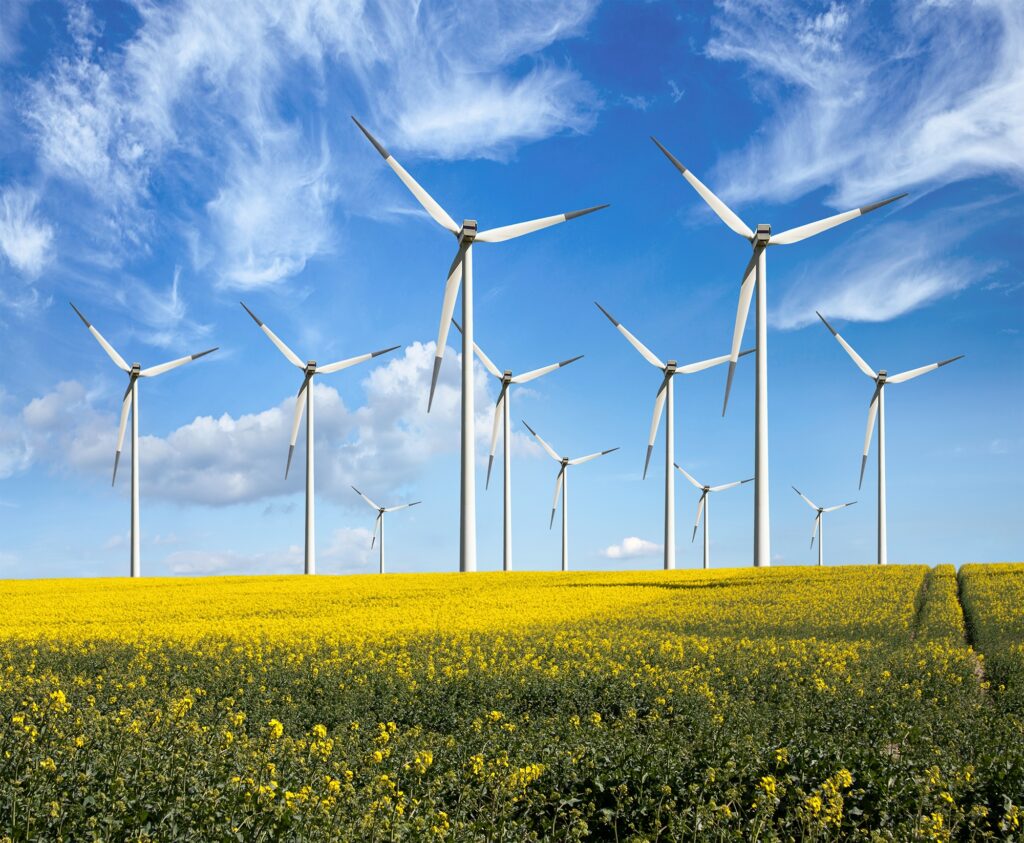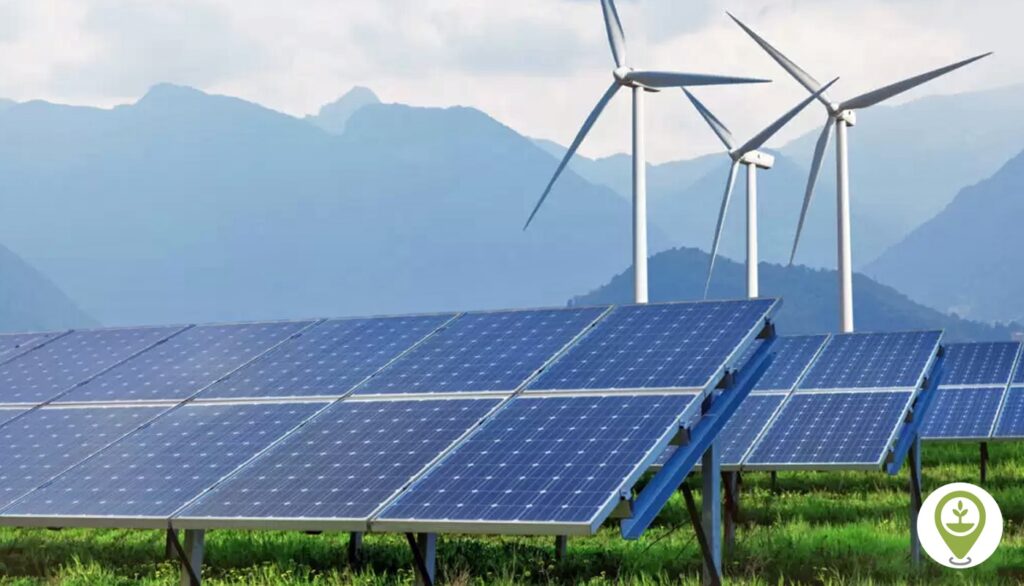
Introduction
In the modern world, electrical energy is the driving force behind nearly every aspect of our lives. From the moment we wake up to the time we go to bed, we are surrounded by devices and systems that rely on electricity. But have you ever wondered how this incredible form of energy works and its profound impact on society, technology, and the environment? In this article, we will delve into the intricacies of electrical energy, from its fundamental principles to its applications and the challenges it presents.
Understanding Electrical Energy
The Basics of Electrical Energy (H2)
Electricity is a form of energy resulting from the movement of electrons. It is generated when electrons flow through a conductor, such as a wire. This movement is driven by a difference in electrical potential, commonly referred to as voltage.
Generating Electrical Energy (H2)
Conventional Methods (H3)
- Fossil Fuels: Power plants burn coal, oil, or natural gas to heat water and produce steam, which drives turbines connected to generators.
- Nuclear Reactors: Nuclear fission releases energy, heating water to produce steam that powers turbines.
Renewable Sources (H3)
- Solar Power: Photovoltaic cells convert sunlight directly into electricity.
- Wind Energy: Turbines capture wind’s kinetic energy and transform it into electrical energy.
Transmitting and Distributing Electricity (H2)
High-voltage transmission lines carry electricity from power plants to substations. Distribution lines then deliver electricity to homes and businesses at lower voltages.
Applications of Electrical Energy
Powering Homes and Businesses (H2)
From lighting and heating to appliances and electronics, electricity is the lifeblood of modern living. It enables productivity, comfort, and convenience.



